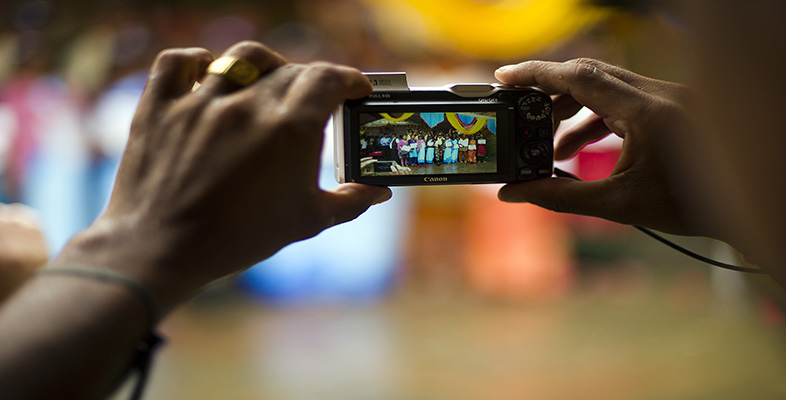2.3 A personal learning network
There is a wealth of teaching and learning resources available on the internet. They may have been created by other teachers, educational institutions or commercial organisations and can come in a variety of formats – from an idea posted on a blog, an online tool or app, a worksheet or presentation or a fully formed lesson plan. Finding and keeping track of quality sources of suitable materials that meet your individual needs is a valuable, but often time-consuming process.
A Personal Learning Network (PLN) (see Tobin, 1998) is an informal network of connections, linking a learner with people, tools and resources from which they can derive knowledge and information. This kind of network is not a new concept, and whether you are aware of it or not you will already have one. Where once it may have been made up of friends, colleagues and professional publications, technology has greatly expanded the possibilities. The internet, social media, blogs, wikis and other tools have enabled educators to develop truly personalised networks, connecting with peers and other experts across the globe on a variety of levels, in their particular areas of interest (see, for example, Kelleher and Hutchinson, 2010; Okada et al., 2012).
Activity 6
Read Chapter 6 pp.109–128 of Emerging Technologies in Distance Education [Tip: hold Ctrl and click a link to open it in a new tab. (Hide tip)] . The chapter is titled 'Developing Personal Learning Networks for Open and Social Learning', by Alec Couros. Pay particular attention to pages 123–128.
Now think about your own personal learning network and sketch out how it might look. You may wish to consider the following questions:
- What sources do you use regularly?
- Where or who do you look to for sources of information or resources?
- Are there gaps in your network?
- How might you extend your network?
Discussion
Everyone’s PLN is unique, being made up of sources they find specifically useful or relevant. It may encompass people, publications, websites and even social networks and be at varying stages of development.
The power of community
The community that builds up around particular websites, tools or networks is often one of the key strengths of the website, tool or network. Frequently it is the community that is responsible for reviewing and rating the materials available, much to the benefit of other users. This type of peer review system can help to distinguish the high quality resources and establish the reputation of individual creators and sharers.
